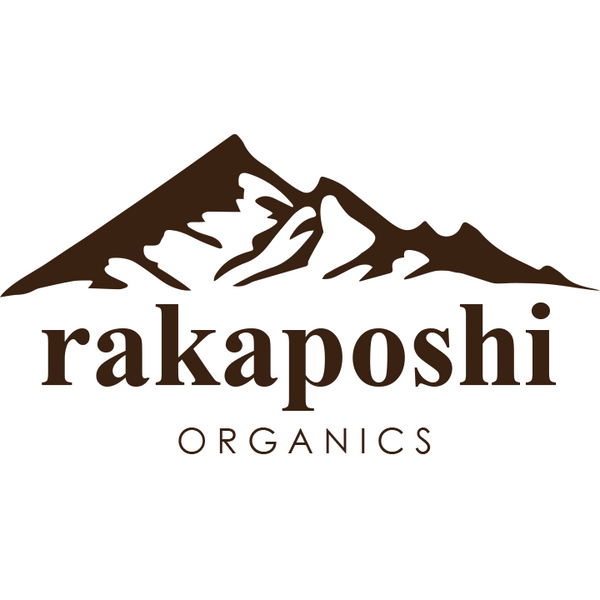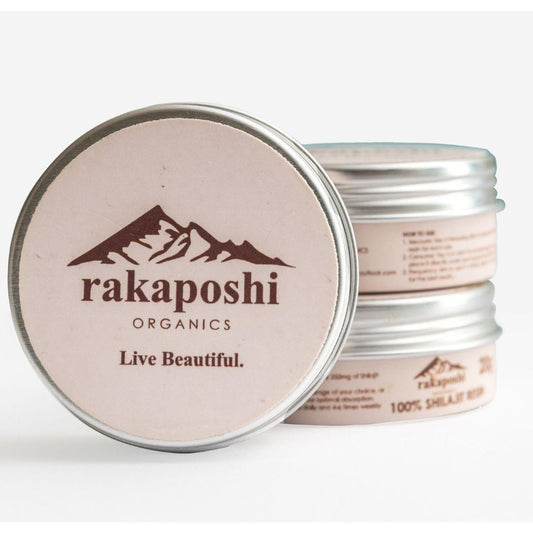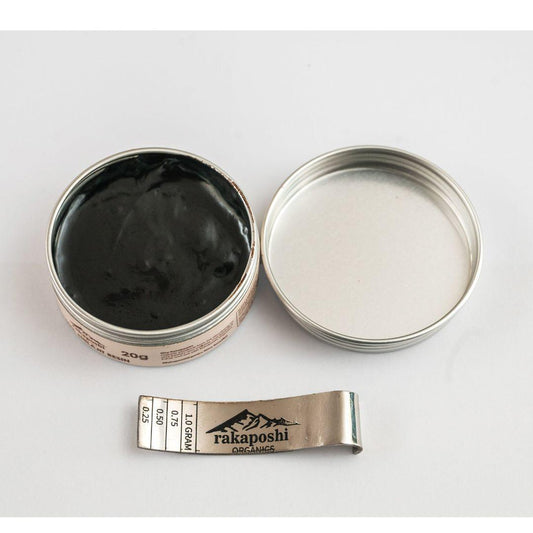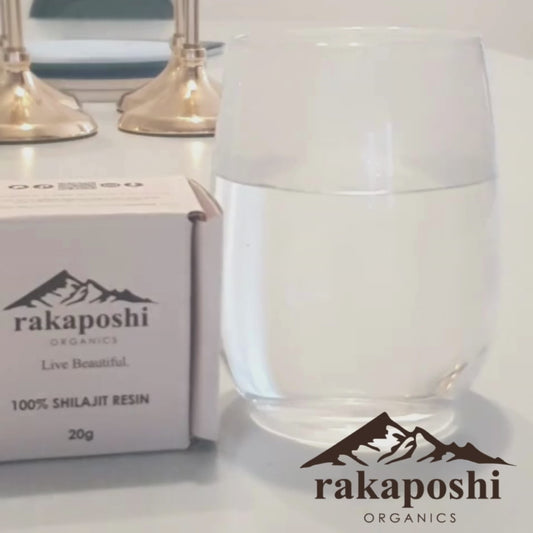
Enhancing Creativity and Productivity Through Nature
Share
In the hustle and bustle of our modern lives, finding ways to enhance creativity and productivity is more important than ever. One often overlooked but profoundly impactful method is integrating nature into our daily environments. Recent studies and real-world examples reveal that incorporating natural elements can significantly boost our mental and physical well-being, ultimately leading to greater creativity and productivity.
Nature's Impact on Creativity
Research consistently shows that nature plays a vital role in fostering creativity. A study conducted among Danish creative professionals highlights how natural environments stimulate creative thinking. Participants reported that exposure to nature, such as parks or green spaces, enhances their ability to think flexibly and generate innovative ideas. Nature provides a restorative environment that allows the mind to recharge, especially during the critical preparation and incubation phases of the creative process.
The study emphasizes that nature's perceived restorative dimensions—such as 'Nature,' 'Space,' and 'Serene'—are crucial for boosting creativity. These aspects create an environment where individuals can reflect and explore new ideas, leading to more effective problem-solving and innovation.
Micro-Nature and Workplace Productivity
The benefits of nature are not limited to open spaces and natural settings; even small, affordable natural elements—referred to as "micro-nature"—can have a significant impact on productivity and morale. Research by Anthony Klotz, Shawn McClean, and Pok Man Tang underscores the importance of incorporating micro-nature into work environments. Their study found that even minimal exposure to natural elements, such as indoor plants or natural light, can enhance employee performance and overall well-being.
For instance, workplaces that integrate small natural features, like potted plants or nature-inspired artwork, have reported improvements in job satisfaction, productivity, and creativity. The research shows that these small changes can lead to higher task performance and increased helpfulness among employees, proving that nature's benefits are accessible even in confined or urban settings.
Real-World Examples of Nature Integration
Several companies have successfully integrated natural elements into their work environments, demonstrating the practical benefits of this approach. In Canary Wharf, London, developers are creating a "green spine" that winds through skyscrapers, providing workers with easy access to green spaces during their workday. Google’s new UK headquarters features a 300-meter-long rooftop park with over 250 trees, offering employees a natural retreat from the urban landscape below. Similarly, L.L. Bean transformed a portion of their warehouse into a courtyard, ensuring that employees have views of nature while working.
These examples illustrate how blending nature with modern architecture can create healthier, more productive work environments. Such initiatives not only support corporate sustainability goals but also enhance employee well-being by providing restorative and inspiring spaces.
Practical Ways to Incorporate Nature
Incorporating nature into your environment doesn't require large-scale changes. Here are some practical ways to bring natural elements into everyday settings:
-
Add Indoor Plants: Simple additions like potted plants can create a more pleasant and stimulating work environment. They improve air quality and add a touch of nature that can uplift mood and enhance focus.
-
Utilize Natural Light: Maximize the use of natural light by placing workspaces near windows or using light filters that mimic natural daylight. This can improve energy levels and reduce eye strain.
-
Incorporate Nature-Inspired Décor: Use nature-themed artwork, wallpapers, or colors that reflect natural landscapes. These elements can evoke a sense of calm and inspiration.
-
Create Outdoor Spaces: For those with access to outdoor areas, consider adding seating or green spaces where people can take breaks and connect with nature. Even small garden patches or green roofs can provide significant benefits.
-
Promote Outdoor Activities: Encourage spending time outdoors, such as taking walks or breaks in natural settings. This practice can enhance mental clarity and overall productivity.
The Broader Impact of Nature on Well-being
The positive effects of nature extend beyond immediate work environments. Spending time in natural settings has been shown to reduce stress, improve mood, and boost overall well-being. For hybrid and remote workers, integrating nature into home environments or taking regular outdoor breaks can lead to improved performance and satisfaction.
The research indicates that micro-nature—whether in the form of small indoor plants, nature-themed decorations, or outdoor breaks—can significantly enhance our daily lives. These small, affordable changes offer substantial benefits without requiring extensive resources or alterations to existing environments.
By understanding and applying these insights, individuals and organizations can create spaces that support creativity and productivity while fostering a deeper connection with nature



